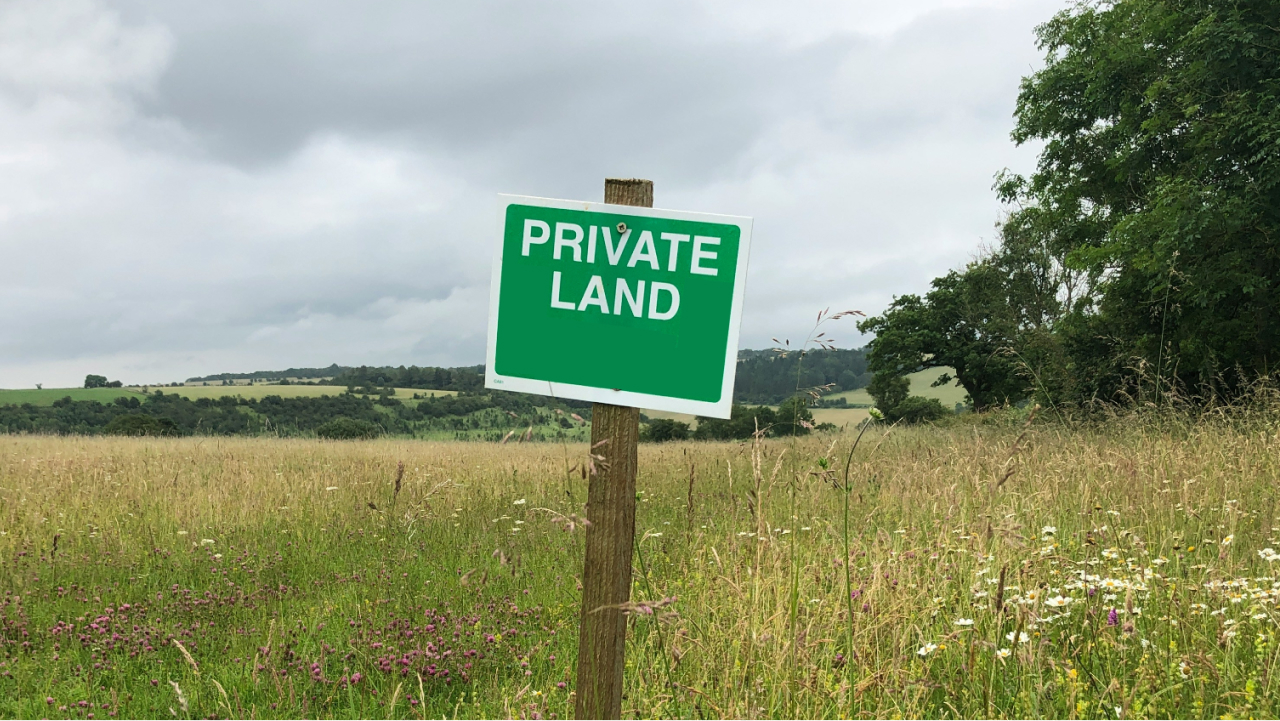Experience smooth transaction with our flexible lending criteria and quick settlement solutions
Quick Links

April 17, 2025
How Private Lenders Assess Property Security Beyond LVR
Learn how private lenders evaluate property security beyond LVR—from valuation methods and location to liquidity and development potential.

Beyond the LVR: How Lenders Evaluate Your Property
What Makes a Strong Security Property?
1. Valuation Methodology and Reliability
The valuation method must match the property type. Lenders consider not only the valuation amount, but also the methodology's relevance, the report's date, and the valuer's credibility.
• Direct comparison: Used for standard residential properties
• Capitalization rate method: For income-generating commercial assets
• Cost-based approach: Applied to construction-stage properties
• Feasibility analysis: Evaluates development sites from both "as-is" and "as-if-complete" perspectives
• Statutory land value: Conservative government valuation used for tax purposes
2. Location Fundamentals
The property's location plays a central role in risk assessment:
• Market strength: Is the area well-established with consistent buyer demand?
• Amenities and infrastructure: Accessibility to schools, public transport, retail, and services
• Future development: Upcoming projects or zoning changes can influence long-term value
Generally, properties in economically diverse metropolitan areas offer more security than those in remote, single-industry regions.
3. Liquidity Factors
Lenders consider how easily the property could be sold, should recovery become necessary:
• Sales activity: How many similar properties have sold recently?
• Days on market: How long does it typically take to sell?
• Supply-demand balance: Is current inventory aligned with demand?
For instance, a property in St Ives, Sydney—with 13 monthly sales and a 55-day median selling time—shows stronger liquidity than one in Adelong, where only seven sold in a year and median days on market reached 144.
4. Property-Specific Attributes
Beyond location and valuation, unique characteristics affect security strength:
• Development potential: Subdivisions, rezoning, or expansions
• Special use restrictions: Niche properties may have limited buyer appeal
• Environmental or heritage constraints: Restrictions can impact future use
• Physical condition: Structural issues or required maintenance
• Unique features: Water views, flood risk, or heritage status
Case Study: Looking Beyond the Numbers

A Sydney-based borrower applied for an $10.8 million loan at 80% LVR against a premium site in St Ives. Despite the higher-than-usual LVR, the loan was approved due to several compelling security features:
• The 8,625 sqm land had DA approval for subdivision into six lots
• Prime location in a stable, high-demand suburb
• Demonstrated strong market liquidity
• Clear value-add potential upon project completion
The lender recognized the property's overall security profile and provided favorable terms. This shows that strong security can justify exceptions to standard LVR limits.
Case Study: When Location Limits Lending

In contrast, a rural property in Adelong faced more scrutiny:
• Just 7 similar properties sold in the past 12 months
• 144-day average selling time
• 14 similar properties listed—double the annual sales volume
• Limited local amenities and infrastructure
Despite a conservative 50% LVR, the lender classified this as medium-to-high risk. The loan was eventually approved, but only after other strong elements (like borrower strength and use of funds) balanced the location risk.
Three Key Takeaways for Security Preparation
1. Document market liquidity
Provide sales data, average days on market, and active listing information to support your case. This helps lenders quantify liquidity risk.
2. Evaluate alternate securities
If you own multiple properties, assess each one's strength in terms of location, liquidity, and value stability. A smaller loan against a stronger property may yield better outcomes.
3. Highlight value-add opportunities
If your property has development or renovation potential, back it up with DA approvals, feasibility studies, or relevant comparables.
In a competitive lending market, selecting the right security property is critical. At Goodland, we help borrowers present their assets in the best possible light, even when they don't meet traditional banking criteria.
If you'd like tailored guidance on preparing your application or understanding how lenders will assess your security, don't hesitate to reach out to the team at Goodland.
Share Article